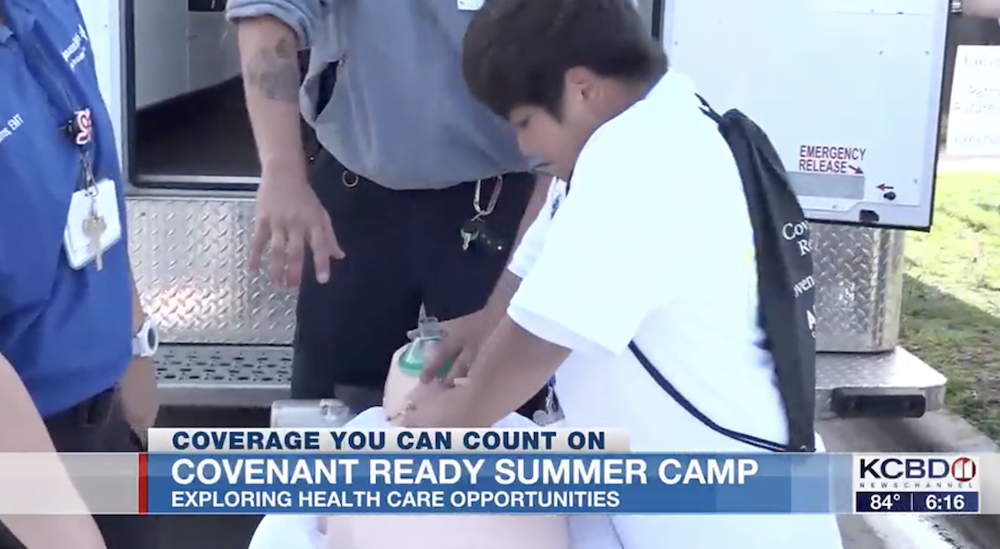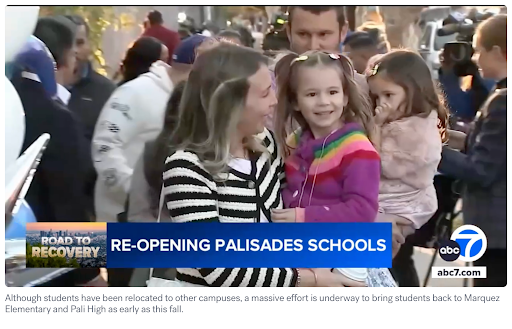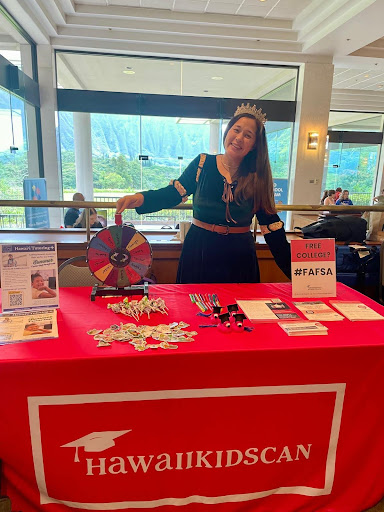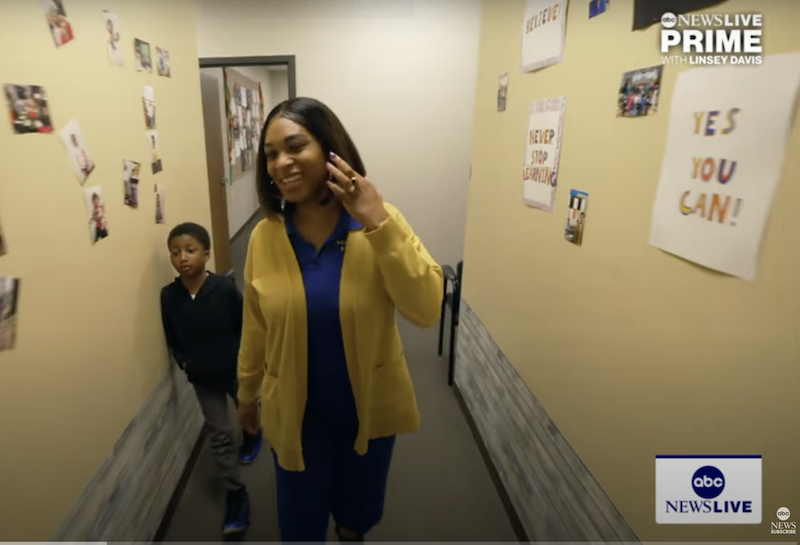Jump to: Top Tasks | From the Field | Key Resources | Moments of Resilience
It’s week 132 of our new reality and this is a time to grapple with what the new student achievement numbers are telling us, even when it’s difficult news to hear. While the NAEP results covered in the last edition of this newsletter told us a lot about how students fared nationally, the new round of state tests are much more personal. That makes it harder to talk about because these results are connected to individual decisions in a crisis and children in specific communities we know and love.
9 percent.
That’s how many Black boys met expectations in math on the recently released 2022 student achievement results in DC’s district schools. On the eve of the pandemic in 2019, 17 percent of Black boys in district schools met those same expectations. The word “disaster” is used a lot lately but it is absolutely the right fit here.
But what about the other half of DC’s schools, the charter sector?
SUBSCRIBE
Sadly, 9 percent is also the percentage of Black boys in DC charter schools who met math expectations in 2022. That’s down from 22 percent in 2019, an even sharper decline than in DC’s district schools.
The charter school sector in DC, which has achieved so much success over the past decade by making every moment count in their school buildings, seems to have had a particularly difficult transition to an all-virtual environment. This shouldn’t be surprising, as the low performance of virtual charter schools is well documented. As we wrote in our joint 2016 report with the National Alliance for Public Charter Schools and the National Association of Charter School Authorizers: “at the same time that full-time virtual charter public schools have seen significant growth, far too many have experienced notable problems … The well-documented, disturbingly low performance by too many full-time virtual charter public schools should serve as a call to action.”
Now that DC charter schools are back in person, they will need all the effort they can muster—and all the support we can provide—to help their students get back on track.
Indeed, a review of the school level data suggests that student achievement in some of DC’s most prominent charter schools dropped by previously unimaginable amounts. For example, four KIPP elementary schools that in 2019 led the DC charter sector in performance—and served as national models of excellence for schools around the nation—saw their percentage of students meeting math expectations drop 40 points or more. We have a unique moment in time to restore those learning losses with additional support and instruction but it won’t last forever.
DC should be commended for providing an honest accounting of where students stand. This data shouldn’t be used as a hammer to punish decisions made in a difficult moment in time when our public health officials struggled to provide clear guidance to schools and prevent fear from overwhelming the facts. It can and should be used as a flashlight to help illuminate why student achievement dropped where it did and what it will take to get it back. Transparency is a core value of education reform that we need now more than ever.
So, what can we learn from these results?
Some have suggested that the cut scores on these DC tests are set too high and we shouldn’t read too much into these drops. Yet if that is true, it’s worth asking how 72% of white boys in DC cleared that same bar in math this year. The starting point for any serious discussion should be the affirmation that these are reasonable goals all schools should be trying to achieve. Indeed, a few charter schools beat the odds and held onto their high levels of achievement, most notably BASIS DC and Washington Latin. We should analyze why that is and what we can learn from them.
It is also worth reflecting on the fact that Burbio ranks DC as last in the country on the amount of in-person education children received during the pandemic when compared against the 50 states. If many of these charter models require in-person learning to work, it’s reasonable to conclude DC was a particularly inhospitable environment in which to operate the past two years.
As discussed below, the evidence increasingly points toward these extended school closures as the biggest driver of the huge drops in student achievement we are seeing in district schools and charter schools on nearly every test. Or as Mike Bloomberg put it in a recent Washington Post op-ed on the nationwide drop in student achievement: “Blame for these dismal results lies mostly with poorly designed and implemented remote instruction programs that stretched on far too long — and long after vaccines became available.” Bloomberg makes the case for funding “deeper and more aggressive interventions” including in-person learning opportunities during the summer, after school and on weekends.
Another core value of education reform is parental choice and it’s worth exploring the challenges we experienced in trying to uphold this value in a time of crisis.
Polling in summer 2020 showed that about half of all families weren’t comfortable sending their children back to in-person learning for the start of the 2020-21 school year with the other half wanting in-person learning or unsure what they wanted, which no doubt greatly complicated the reopening decisions of all schools. Yet, it’s worth remembering that the decision facing school and district leaders at that time wasn’t whether to force all families into in-person learning or all families into virtual learning but instead whether schools should provide all families with an option of in-person learning or not.
As Derrell Bradford and I argued in USA Today in August 2020, given the stakes involved we couldn’t afford a one-size-fits-all mindset. Instead every parent in America deserved the right to choose not just between district and charter schools but between in-person and virtual learning for their children.
If we ever face another health crisis that threatens to shut down schools, it will be wise to look to the example of America’s Catholic schools. Nationally, 92 percent of Catholic schools made the decision to offer their families the choice of sending their children back to their school buildings or continuing with a virtual option. That compares to only 43 percent of district schools and just 34 percent of charter schools that gave their families the same choice.
We will never know exactly how many families would have chosen that in-person option if offered one, but the experience of urban Catholic schools that serve students from the same neighborhoods as charter and district schools suggests that once the option was made available, a large percentage of families likely would have chosen to send their children back to school. Steady leadership in a crisis can make all the difference.
Given everything we have learned, where should we go from here? Now more than ever we need to put kids’ needs first.
That means designating schools as essential services so that we never find ourselves in a situation where we close schools while keeping bars and restaurants open. It means investing in funding systems that provide families with the resources they need to choose in-person summer camps, tutoring and after school programs to help their kids catch back up.
Given the enormous gaps we need to fill, we should also make room in these investments for new programs and new approaches and quickly and rigorously assess their effectiveness. We should also explore ways to help families move across school sectors and school boundaries, particularly in moments of crisis when their needs aren’t being met.
Most of all, we need to continue to invest in objective data on student achievement and insist on keeping our expectations high even when we fall short.
Last time in the New Reality Roundup, we focused on building renewed urgency to combat learning loss and welcomed the newest Executive Director to the 50CAN family, JerseyCAN’s Paula White. This week we dig deeper into the state achievement results and make the case for investing in educational R&D to help us climb out of this learning crisis.
TOP TASKS
Don’t look away from state achievement data
“Districts where schools stayed remote longer experienced more significant learning loss,” writes Alexander Nazaryan for Yahoo News, drawing upon new research from Brown University economist Emily Oster. “A study Oster and colleagues published last year showed ‘highly significant’ learning loss due to remote learning. Wednesday’s findings confirm and add to that work, validating at least in part the fears of parents and politicians who urged schools to reopen as quickly as possible.”
Oster’s new study draws upon the state achievement data that has been released so far this year in 10 states: Arkansas, Colorado, Connecticut, Georgia, Indiana, Louisiana, Minnesota, Mississippi, Virginia and West Virginia. The differences in the way states test their students don’t allow for comparisons across the 10 states (that will require the main NAEP results next month), but Oster was able to compare “how districts within states with variable rates of remote, hybrid and in-person instruction performed on those states’ standardized exams in 2021, relative to their performance in 2019.”

The result?
“In nearly every state, Oster found, the districts that had ‘very low’ or ‘low’ rates of in-person instruction showed the biggest learning loss, while districts with ‘high’ or ‘very high’ in-person instruction had the least,” Nazaryan writes.
It’s worth remembering that the reason we now have this insight into how students are doing and the enormous cost of closing schools is that the federal government resisted the push from the American Federation of Teachers and the National Education Association to suspend state testing. “It is a frustrating turn to see the administration ask states to continue requiring assessments during this tumultuous school year,” Randi Weingarten, president of the AFT, remarked at the time.
The findings are presented in a series of briefs, one for each of the 10 states.
THE TASK OF THE WEEK IS
Invest in R&D to address the learning crisis
“The most alarming thing I’ve discovered isn’t the major tasks we have in front of us to get students back on track,” Travis Pillow, a 50CAN National Voices Fellow and one of the co-authors of CRPE’s new State of the American Student report, tells us. “And it isn’t the numbers either, despite the fact they’re shocking. The most alarming thing is that the big solutions we need are going to be incredibly hard for states to implement.”
The numbers documented in CRPE’s report are indeed shocking, even to regular readers of this newsletter: 20 point increases in the achievement gap, a 51 point increase in suicide attempts by teen girls, 15 trillion dollars in potential economic output lost. “This is a crisis,” Travis continues, “But it’s important to recognize that this crisis was brewing before the pandemic. Suicide rates were on the rise before Covid-19. The American achievement gap was the largest of any industrialized country, according to PISA. If there’s a silver lining for this moment, it may be that we’ve reached a point where the country is forced to reckon with unaddressed problems in our education system. But we’re going to have to try things we’ve never tried before–it’s going to take a massive R&D investment.”
Some of that R&D has already been taken on by parents and community leaders, desperate for solutions during the pandemic. “We saw a real awakening of community energy during the pandemic,” Travis notes with optimism, “These groups that were previously relegated to after-school programs came in during the day and took on a greater role for core teaching and learning. A big question I’m asking now is what will it take to effectively mobilize this energy?”
The State of the American Student provides a roadmap built around a few big ideas:
- The launch of ambitious national goals, including the need for every American student to have a personalized learning recovery plan.
- The incubation of new models of education delivery that tap into community resources, including a hub-and-spoke system that would see civic, religious, business and community organizations providing supplementary or alternative learning environments.
- Partnerships between the government and philanthropists to fund bold ideas and rigorously assess their efficacy so that successful new approaches can be replicated.
“The energy is there,” Travis says. “From parents, from students. They’re hungry for something better. The challenge is harnessing that energy into immediate action and change. That’s going to take all of us pushing to guide the winds in that direction.”
THE TASK OF THE WEEK IS
FROM THE FIELD
States in the 50CAN network are already investing heavily in parent power ahead of the 2023 legislative sessions. GeorgiaCAN is seeing strong parent interest for their respective parent fellowships. In Georgia, over 200 parents applied for the next cohort of the EPIC fellowship. At JerseyCAN, new Executive Director Paula White announced that applications are open for a similar program in the Garden State.
NewMexicoKidsCAN Executive Director Amanda Aragon has hit the media circuit to discuss both the NAEP long term trends report and the New Mexico state assessment results. With appearances on the local Bob Clark podcast and in the Albuquerque Journal, Amanda continues to inform the public that “the reality is that we are failing to prepare the majority of our students with the skills we know they need to succeed.”
The DelawareCAN Action Fund congratulated four of their endorsed candidates–Senate candidate Russ Huxtable and Representatives Nnamdi Chukwuocha, Stephanie Bolden and Debra Heffernan–for victories in last week’s primary election.
Key Resources
The Tennessee Department of Education announced that their family portal now includes Lexile reader levels for students.
Curriculum Associates has a new report that synthesizes the results of their iReady diagnostic assessment, with findings that mirror the long term trend report from NAEP.
Governor Brian Kemp of Georgia announced a $25 million grant to combat learning loss. As reported by Axios, schools in the Peach State will be able to apply for funds to boost and expand learning loss initiatives and fund tutoring programs.
Researchers Emily Morton, Paul Thompson and Megan Kuhfeld at the Annenberg Institute at Brown University have a new working paper looking at the effects of four-day school weeks, finding significant negative effects on learning outcomes.
EdChoice’s Mike McShane shares his thoughts on the NAEP long term trends report, writing, “In too many places, schools refused to adapt to changing circumstances, fumbled communications with parents, failed to plan appropriately and lacked the courage of their convictions to fight to provide the best education for their students.”
Moment of Resilience
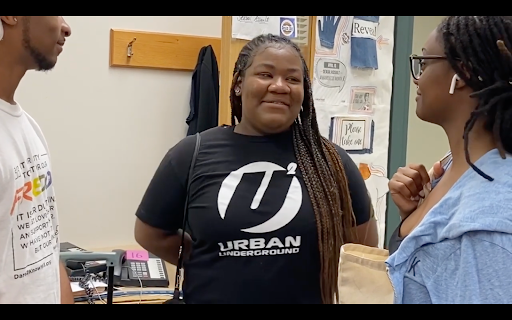
Mia Moore, a 16 year old student in Milwaukee, Wisconsin is one of seven students interviewed by CRPE for the State of the American Student. “The end of my 8th grade year and the full Freshman year I was out of school and completely virtual. That was tough for me because I’m not a virtual learner,” Mia shares in a video in which she demonstrates the value of candor in a crisis and stresses the critical importance of the bond between teachers and students in recovering from the pandemic, academically and in terms of mental health.


